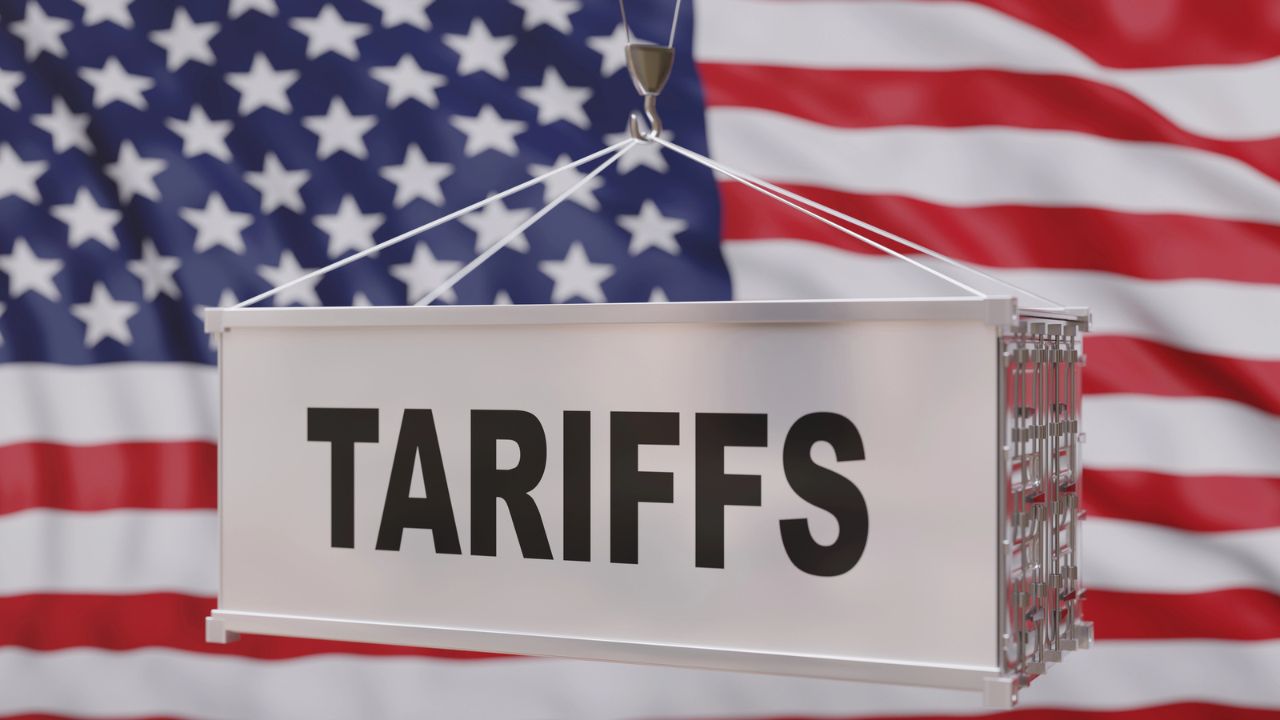
Current Tariff Landscape
If your latest furniture haul gave you sticker shock, you’re not alone. Tariffs, yes, that trade-policy buzzword, are back in a big way for 2025, and they’re hitting home goods hard.
From sofas to smart thermostats, prices are climbing due to new U.S. import rules. But what exactly changed, and what can you do about it? Let’s break it all down in a plain and easy way. You’ll walk away smarter and more prepared to shop without breaking the bank.
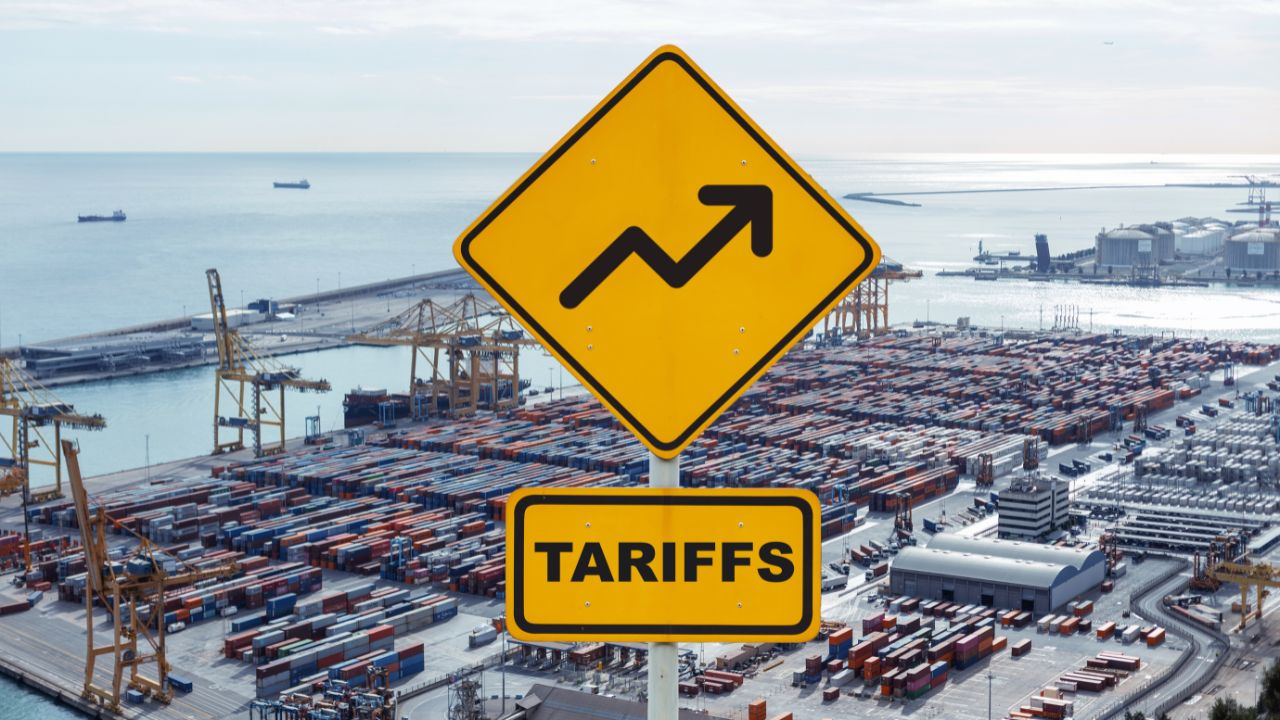
What Are the 2025 Tariffs All About?
Starting April 5, 2025, the U.S. added a baseline 10% tariff on all imported goods. On top of that, selected countries now face extra tariffs ranging from 11% to a whopping 50%.
The goal? To boost domestic production and gain leverage in global trade talks. But while big-picture politics play out, the immediate result is pretty simple: things cost more, especially everyday home items we’ve all grown used to buying on the cheap.

Why Are Prices Going Up?
According to Yale’s Budget Lab, the tariffs have already raised U.S. consumer prices by about 1.7% across the board. That might not sound huge, but it adds up fast, especially for things like new furniture, appliances, and home renovations.
Even if you’re not importing products yourself, your favorite retailers probably are, and those costs are getting passed right to your cart.
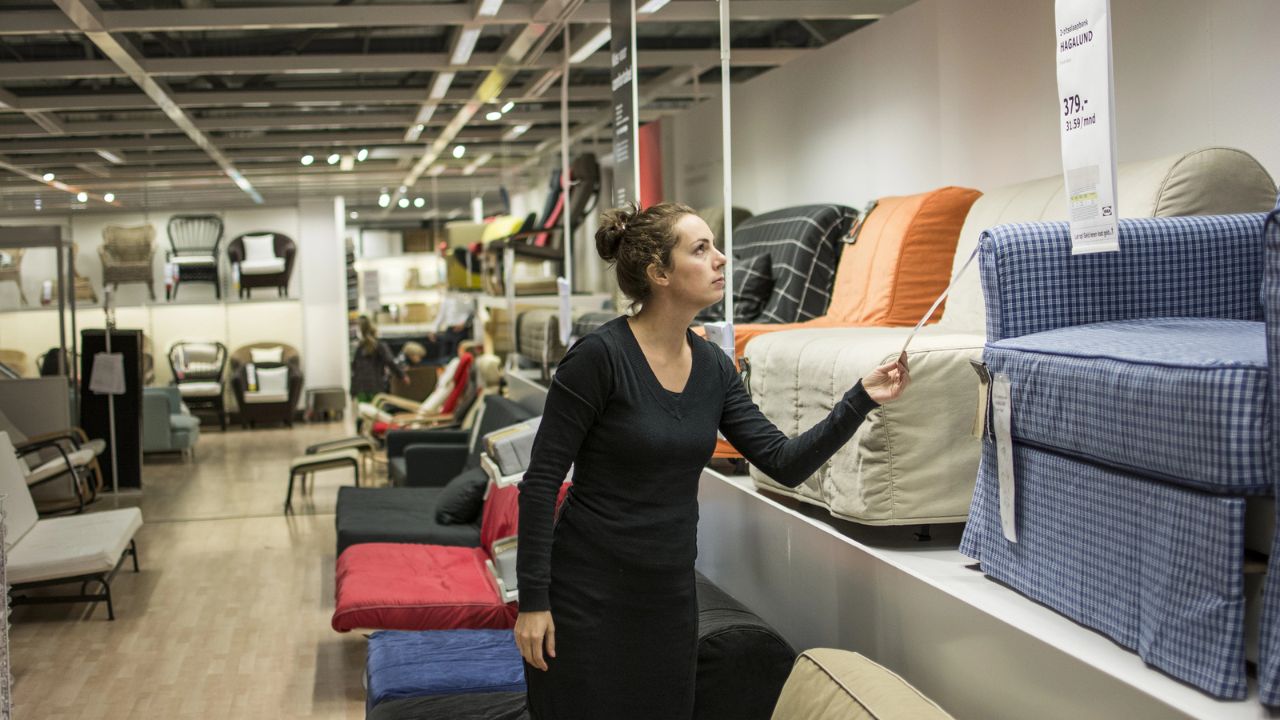
The Home Goods Taking the Hit
Here’s the short list of items seeing price increases:
- Furniture
- Kitchenware
- Home décor (like rugs, lights, curtains)
- Electronics and smart home gear
- Building materials (think tile, tools, faucets)
If your cart includes any of these, the total might look steeper than it did last year, even at the same store.

Furniture Is Up (Way Up)
20% more than last year. Even U.S. brands that manufacture locally are feeling the pinch due to rising material costs, many of which are imported.
Even budget retailers are raising prices to keep up with tariff-driven supply costs. Pro tip: shop clearance sections or check out refurbished and secondhand options, they’ve never looked so good.
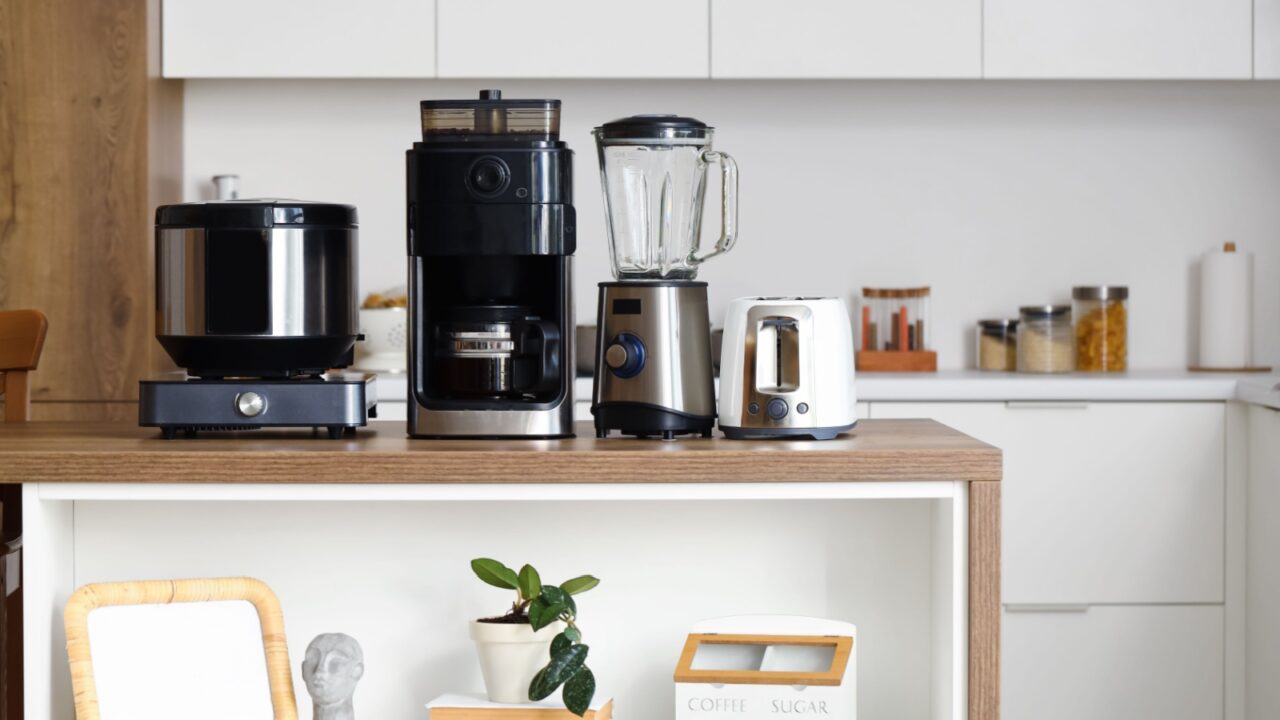
Kitchen Gadgets and Appliances Cost More Now
That new air fryer or cookware set you’ve had your eye on? Likely more expensive thanks to tariffs on imported metals and electronics. Brands are passing costs onto consumers, and supply chain slowdowns aren’t helping.
If you’re remodeling your kitchen or upgrading small appliances, it might be smart to buy now before August, or opt for U.S.-made alternatives when possible. Even everyday essentials like kettles and mixers aren’t immune to these price bumps.

Home Décor Has a Markup
Rugs, mirrors, vases, wall art, it’s all adding up. Décor pieces often come from overseas, and those costs are now tacked onto your checkout total. Moreover, large chains that rely on imports are adjusting price tags weekly.
For a budget-friendly refresh, consider DIY upgrades, vintage finds, or shopping at local artisan markets. Bonus: you’ll get a more unique look without tariff-related sticker shock.

Building a Dream? It Just Got Pricier
Doing renovations or repairs? Hardware, tiles, and fixtures are all caught in the tariff web. Even simple updates like new cabinet pulls or faucets might cost more.
Contractors are adjusting bids and timelines to account for the changes, so plan early, ask about sourcing, and don’t be afraid to negotiate bundles for materials. Supply quotes are also fluctuating more than usual, so don’t delay decisions.
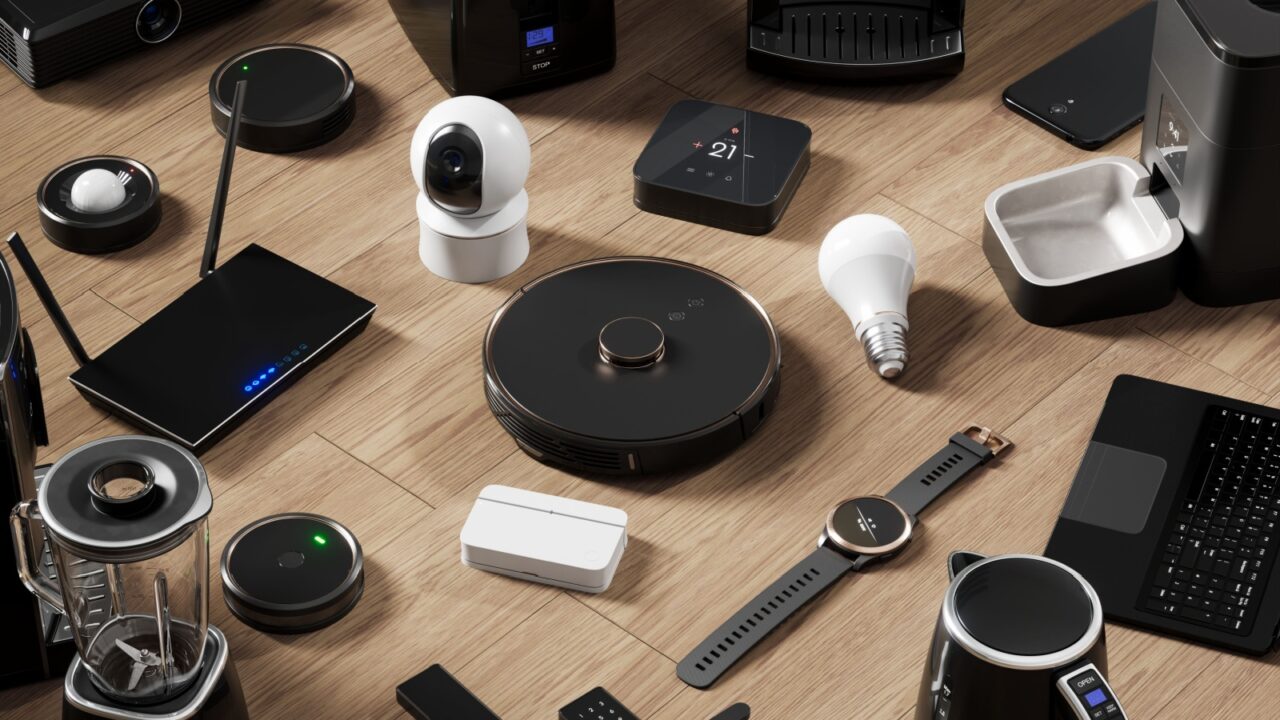
Impact on Smart Home Tech
Planning a smart home setup with motion lights, cameras, or thermostats? You’ll likely see higher prices or limited stock. Many of these gadgets are assembled overseas, and with tariffs added, brands are either charging more or cutting corners.
Even big-box electronics stores are rethinking inventory to avoid sticker shock. Do your research and look into brands that assemble in the U.S. or Mexico. They may offer better value under current conditions.
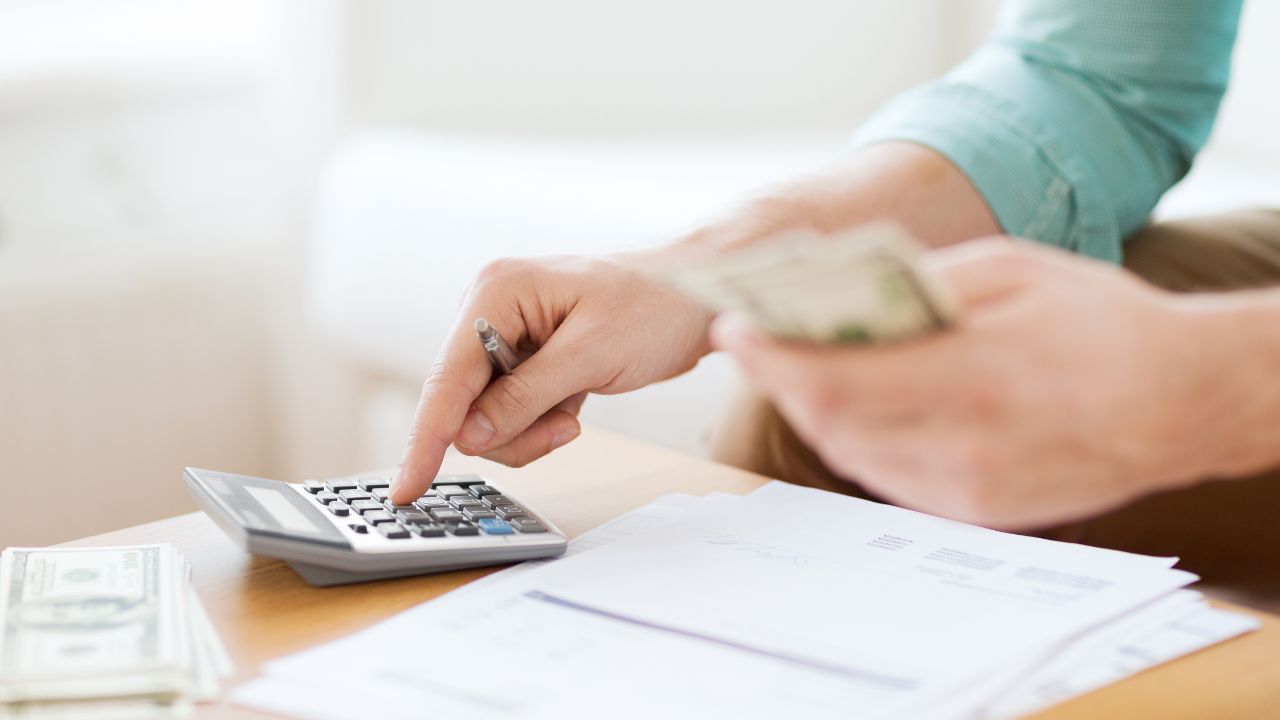
Smart Money-Saving Strategies Amid Tariff Uncertainty
Here’s how to save during current times:
- Buy essentials now, especially from China, before August 11.
- Choose U.S.-made or tariff-exempt products when possible.
- Use coupon codes, flash sales, or buy in bulk.
- Don’t shy away from secondhand marketplaces
- A little flexibility can go a long way in protecting your wallet.
- Planning ahead beats panic buying every time.
The temporary tariff relief from China expires August 11, 2025. After that, rates could return to their sky-high levels, unless a new deal is reached. If you’ve been putting off big purchases, this is your unofficial deadline.
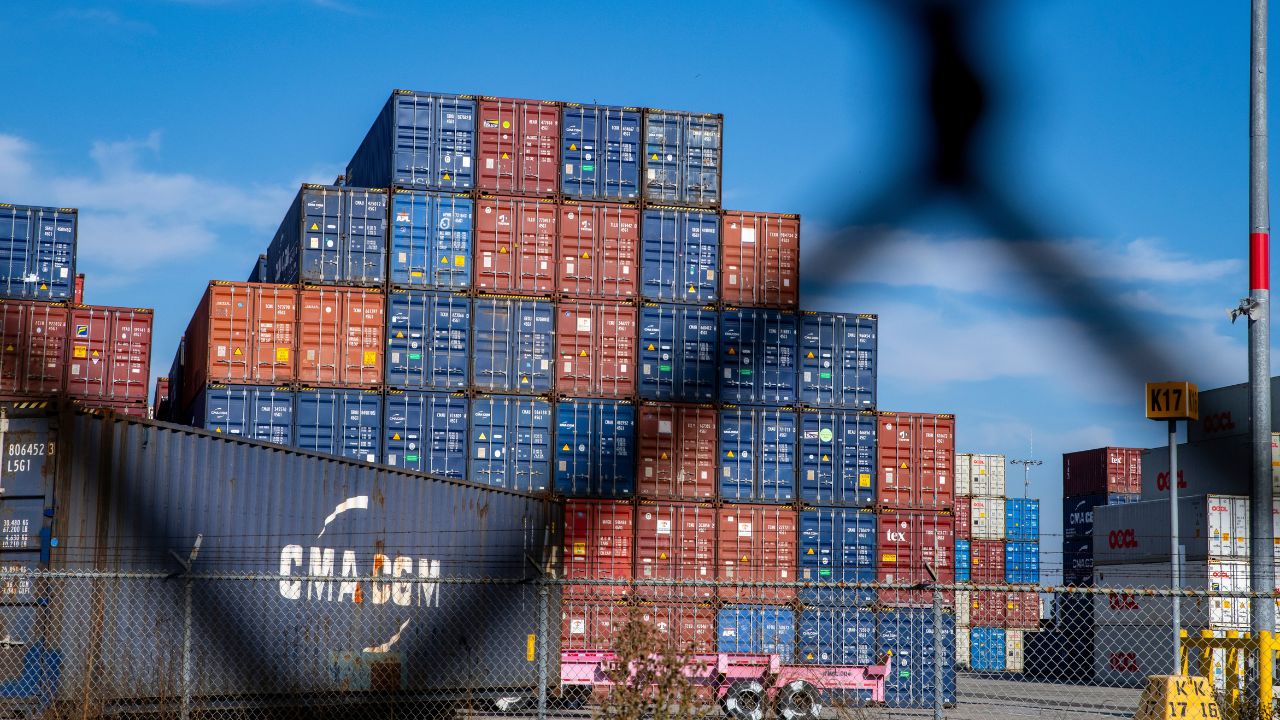
Who’s on the Tariff Hot List?
Some of America’s biggest trade partners, such as China, Mexico, and Canada, are now facing higher import duties. For China specifically, tariffs were slashed temporarily from highs of 145% to around 30% for 90 days (more on that next slide).
So yes, that viral TikTok lamp or stylish cabinet you eyed online? Probably made in one of these tariff-affected zones.
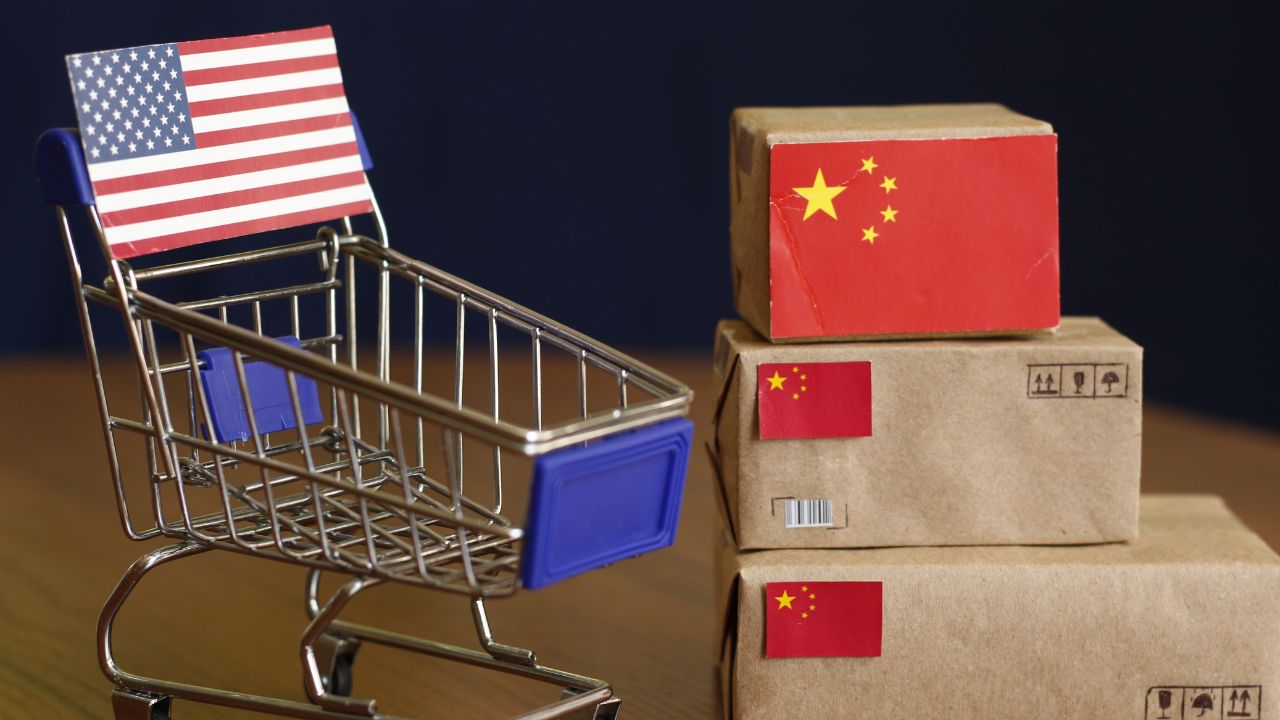
The 90-Day Break from China
From May 14 to August 11, tariffs on most Chinese goods dropped to 10% or 30% (down from much higher levels). That’s good news, for now. After August, unless new deals are struck, rates could bounce back up.
This brief pause is your window to snag bigger purchases before prices spike again. Think of it as a summer sale driven by global diplomacy.

Bye-Bye, De Minimis Exemption
Used to getting cheap stuff from China duty-free if it was under $800? Not anymore. As of May 2, 2025, all Chinese-origin goods are now subject to tariffs, no exceptions for low-value items.
This affects budget-conscious shoppers big time, especially if you rely on Amazon, Temu, or other online marketplaces for home basics and décor.

Postal Tariffs Just Got Wild
Ordering from overseas? Brace yourself. As of May, postal tariffs on Chinese packages jumped to $200 or 120% of the item’s value, whichever is higher. That $30 throw pillow you found online? It could now cost $90+ after fees.
This hits small purchases hard and makes bulk buying riskier. It’s a serious blow for online bargain hunters and small businesses alike.

Essential Purchases Before Tariffs Impact Prices
With tariffs potentially driving up costs later this year, now’s the time to make savvy buys. Some home products you might want to grab before the price hike include:
- Home Essentials (vacuums, mattresses, furniture)
- Tools (drills, saws, wrenches)
- Appliances (washers, dryers, fridges)
- Fashion Faves (jeans, sneakers, designer brands)
- Tech Gadgets (gaming consoles, TVs, computer accessories)
- Specialty Foods (coffee, oils, spices, chocolates)
Ready to stretch every dollar without stress? Explore these easy ways to save money at home today.

How to Navigate Rising Prices Without Panic
It’s easy to get caught in the hype and start buying things you weren’t planning to. But here’s why you might want to pump the brakes:
- Stick to your budget: Avoid impulse buys that could wreck your finances.
- Don’t stockpile: Hoarding now could lead to shortages and higher prices down the line.
- Stay patient: Trade deals are happening all the time. Buying now could leave you stuck with things you didn’t need.
Quick Reminder: Focus on smart, intentional purchases, don’t let temporary tariff shifts control your shopping spree. Don’t underestimate timing, as holiday weekends and clearance seasons are your budget’s best friend.
Want more ways to outsmart rising prices? Dive into these money-smart moves every homeowner should know.
Are you changing your shopping plans because of rising prices? Drop a comment below, we’d love to hear how you’re navigating it.
Read More From This Brand:
- Top Home Renovations with the Best ROI
- 15 Home Upgrades That Waste Money (Avoid These)
- Easy DIY Roof Fixes to Save Money and Time
Don’t forget to follow us for more exclusive content right here on MSN.
This article was made with AI assistance and human editing.